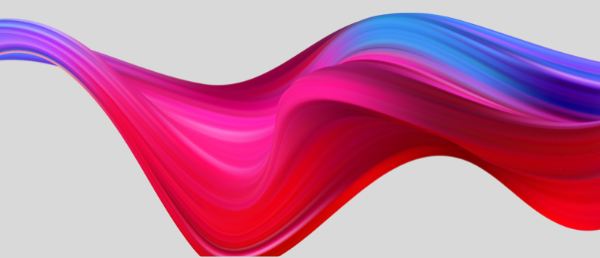Sublimation ink is an important component of sublimation. Sublimating is an excellent way to get your designs from a computer to fabric or rigid material.
Sublimation ink is a specific kind of dye based liquid ink used in printing. Which is intended for heat transfer to fabric or rigid material.

Dye sublimation ink, infusible ink, and sublimation ink are the same thing. The technical term is dye sublimation ink but it’s just easier to refer to it as sublimation ink.

It comes in standard colors: cyan, magenta, yellow, and black. Neon colors are also available.
It is used in certain inkjet printers. While inkjet printers also use a dye or pigment based liquid ink, the dye in sublimation ink is different. It’s a disperse type dye.
It may look and feel similar to regular ink used in inkjet printers (It also tastes different, but that’s another story). However, the disperse dye in sublimation ink bonds to polyester fabric or polymer coated material with heat. It actually dyes the fabric or rigid material to form a permanent bond.
You can’t use sublimation ink in just any inkjet printer due to how it reacts to heat. Thermal printheads use heat which can activate dye sublimation ink. Sublimation ink is only compatible with piezo type printhead found in Epson, Brother, and Sawgrass printers.
The sublimation ink you put in a sublimation printer plays a major role in getting good results. It has to be the right ink for your model of printer. The colors need to match the color profile of the model of printer or the substitute color profile used for printing.
Sublimation Ink Uses
Sublimation ink is used for one specific purpose: to dye fabric or rigid material. Unlike regular ink which you can use for printing documents, signs, labels, or artwork. If you use sublimation ink for documents or color prints everything turns out extremely faded on paper in my experience.
Sublimation ink is intended solely for heat transfer. When you apply heat the dye is activated and brings out the colors. While regular ink is also used for heat transfer, it doesn’t form a permanent bond like sublimation ink.
Regular ink only forms a surface bond and washes away or fades easily from what I’ve seen. Sublimation ink is permanent and lasts as long as the item itself.
Sublimation ink is mostly used for t shirts, mugs, and tumblers. It’s durability also make it good for decorations and crafts.
It’s used by industrial printers as well as certain desktop inkjet printers.
Sublimation Printers
You can’t use sublimation ink in just any printer. Sublimation ink requires a certain type of inkjet printer. It’s used in a piezo type printhead which can be found in Epson or Brother inkjet printers.
HP and Canon use a thermal type printhead which isn’t compatible with sublimation ink. A Cricut machine isn’t even an inkjet printer so it can’t use sublimation ink. It’s actually a type of pen/cutting plotter.
As long as you have a piezo type printhead in your printer you can convert it to use sublimation ink.
A few printers come ready for sublimation ink right out of the box. For example, Epson and Sawgrass make printers specifically for sublimation ink.
The rest of the printers that you can use with sublimation ink need converted. These printers use compatible dye sublimation ink. Printing supply companies make sublimation ink kits specific to each model.
Once you put sublimation ink in your printer, its ready for sublimation printing.
If you’re looking for a way to get your designs from a computer onto fabric or rigid material, sublimating is a terrific way to accomplish it.
FAQ
The type of dye in the ink. Sublimation ink uses a disperse type dye that reacts to heat.
You have to use a printer with a piezo type printhead. HP and Canon printers use a thermal type printhead. Epson and Brother use the piezo type printheads.
They are not the same since each ink has unique properties. Inkjet ink produces vivid colors on paper while sublimation ink is for dying fabric or rigid material.
Sublimation ink is for dying fabric or rigid materials.

The Copier Guy, aka Dave. I’ve worked on scanners, printers, copiers, and faxes over 23 years. When I’m not fixing them I’m writing about them. Although, I’m probably better at fixing them. I’ve worked with every major brand. As well as several types of processes. If it uses paper I’ve probably worked on one.





